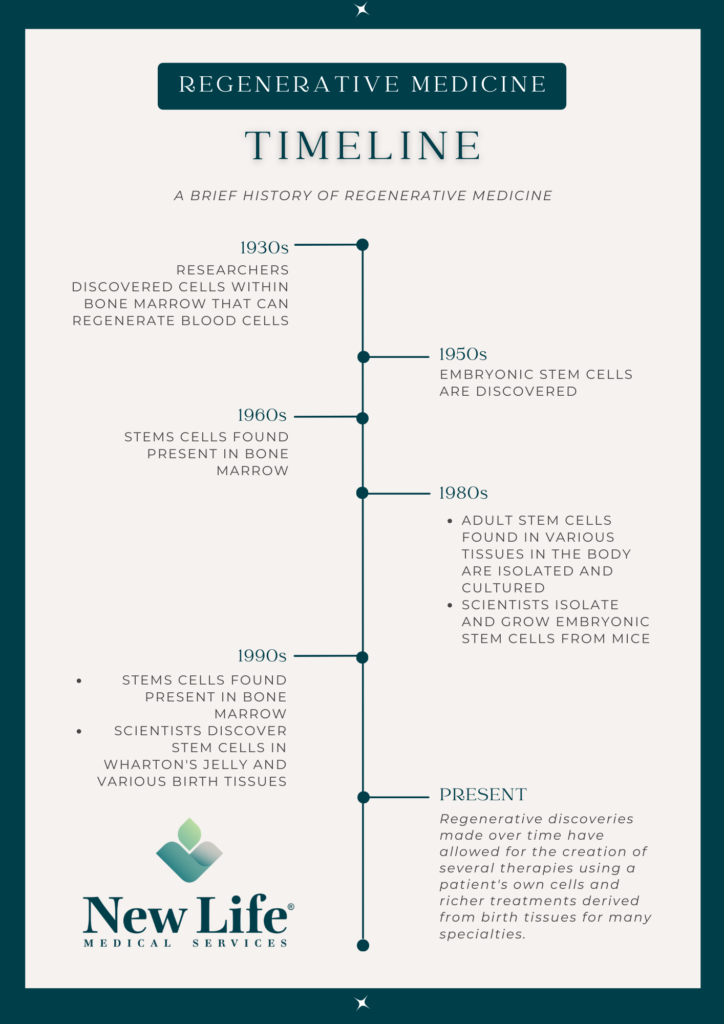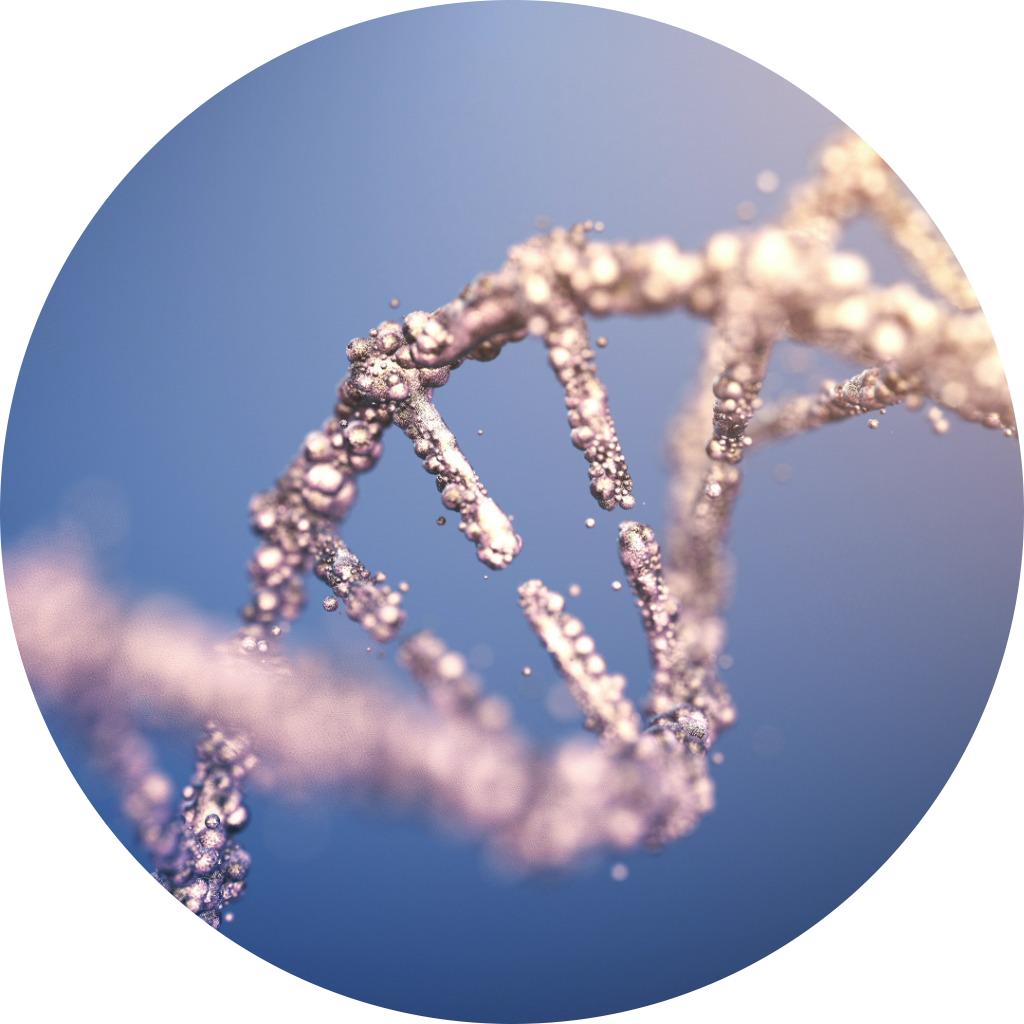
The History of Regenerative Medicine and Natural Biologics Applications
Regenerative medicine has a long history that dates back to ancient times. Regenerative techniques can be traced to ancient Egypt, where physicians used honey and moldy bread to treat wounds. In ancient Greece, Hippocrates described the healing properties of bone marrow. Fast forward to the 20th century, and we see significant advancements in regenerative medicine.
Regenerative medicine use has a fascinating history. The concept of stem cells was first introduced in the 19th century by a German scientist named Ernst Haeckel. Haeckel described stem cells as “the ancestor unicellular organism from which he presumed all multicellular organisms evolved” (Haeckel, 1868). Haeckle’s introduction of stem cells sparked intrigue in the field of science, leading to a long history of medical innovation.
Timeline:

Regenerative medicine research began its stride in the 1930s when researchers discovered that bone marrow contains cells that can regenerate blood cells. This led to the development of bone marrow transplantation, which is still used today to treat certain diseases. In the 1950s, scientists discovered the existence of embryonic stem cells, which have the potential to develop into any cell in the body. This discovery opened new possibilities for regenerative medicine, including the 1960s discovery of stem cells present in bone marrow.
In the 1980s, scientists successfully isolated and grew embryonic stem cells from mice, which was a significant breakthrough. However, the ethical considerations surrounding their use are alarming and questionable to this day. Luckily, an alternative to embryonic stem cells was also produced in the 1980s when researchers began isolating and culturing adult stem cells in various tissues throughout the body, including bone marrow and adipose tissue. This allowed for the development of therapies using a patient’s own cells. Though the use of autologous tissue has proven successful, more potent and effective forms of regenerative medicine have evolved. In the late 1990s, scientists discovered the strength of regenerative components within birth tissues and amniotic fluid. This includes Wharton’s Jelly, derived from the umbilical cord at the time of birth from healthy pregnancies. Science has suggested that Wharton’s Jelly contains a rich source of mesenchymal cells that have the ability to differentiate into various types of cells, making them valuable for regenerative medicine applications (Marino et al., 2019). In addition to Wharton’s Jelly, scientists have also identified regenerative components in the amniotic fluid surrounding the fetus during pregnancy, which is also collected at the time of birth from healthy pregnancies. These birth tissue products, which would otherwise be discarded, are abundant in the healing potential needed for various injuries, conditions, and their repair.
Overall, the history of regenerative medicine and natural biologics applications is a story of continuous discovery and innovation. This rapidly growing and evolving field is constantly being researched and developed, resulting in the next best treatment for regeneration.



